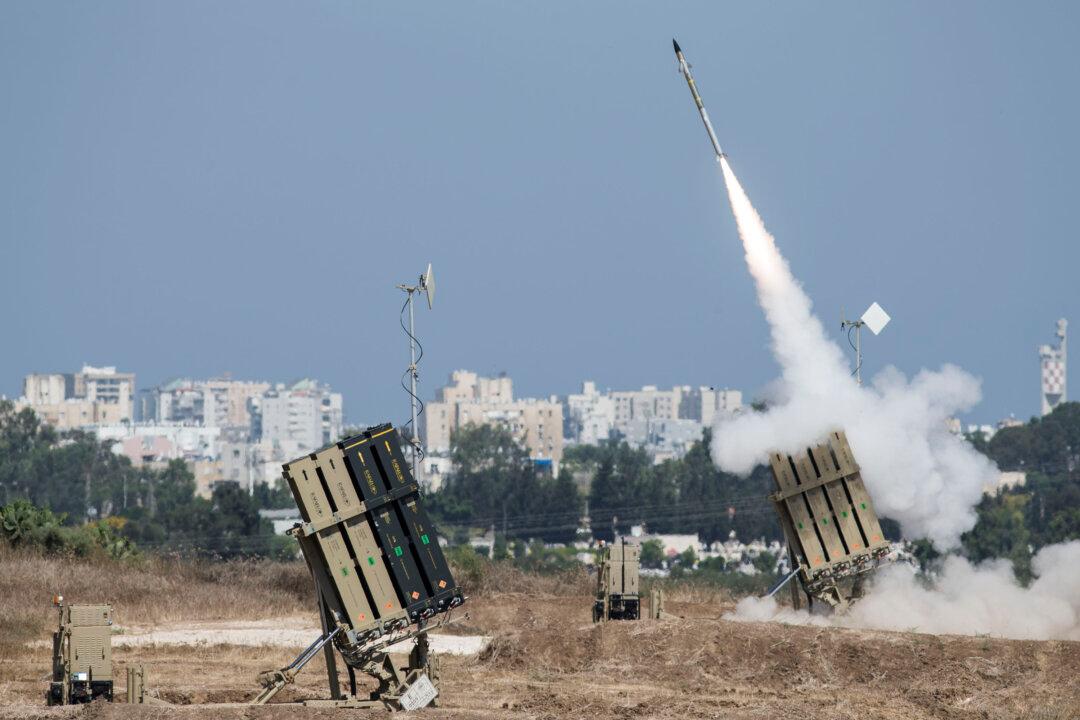A manufacturing base for the Iron Dome system that intercepts rockets fired from the Gaza Strip into Israel is to be set up in the United States.
The Army currently has two Iron Dome batteries that are being used as a stop-gap in lieu of a new defense system that will counter the growing threat of adversaries armed with longer-reaching missiles.





